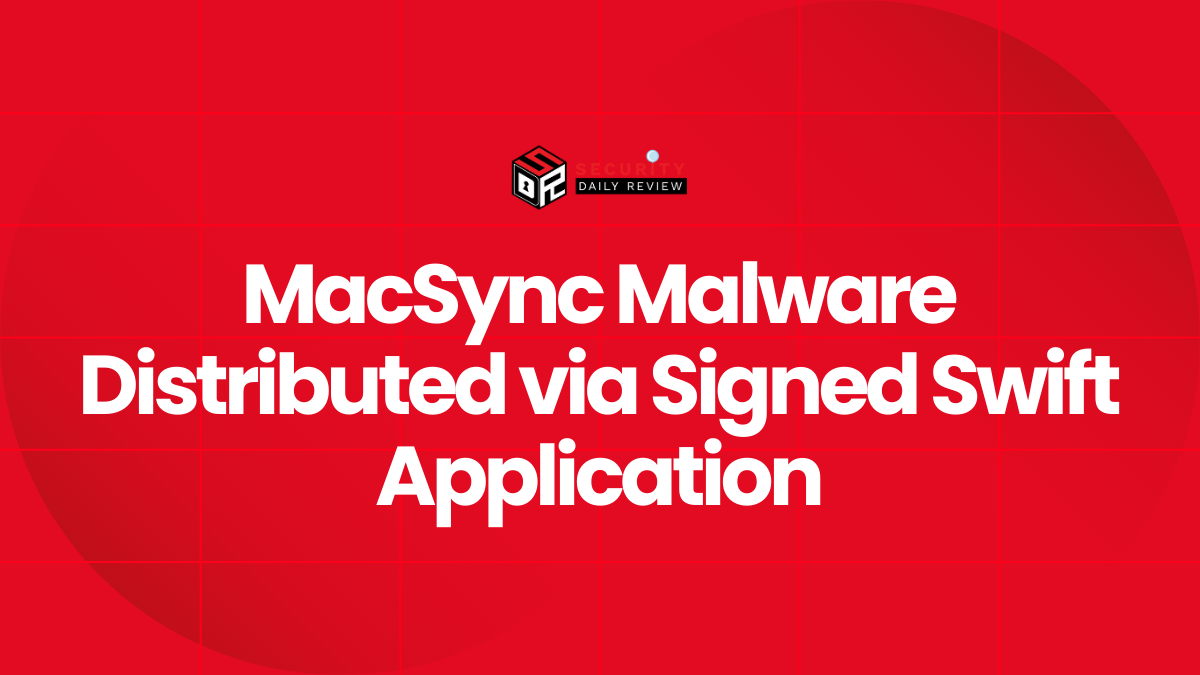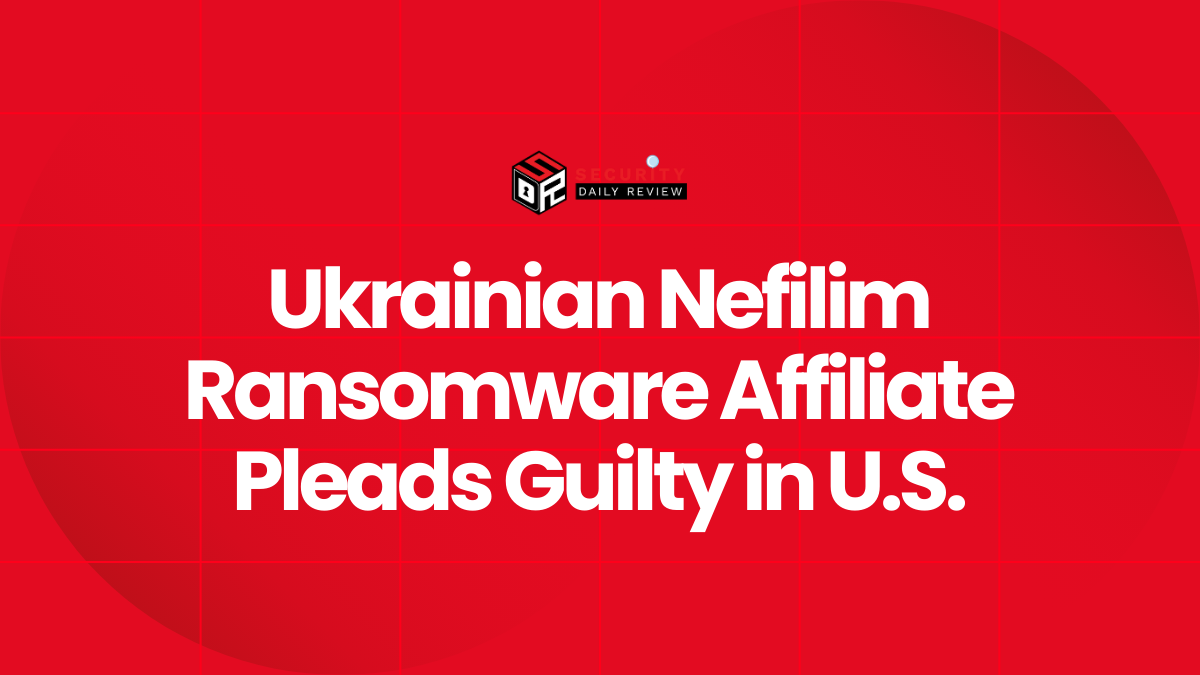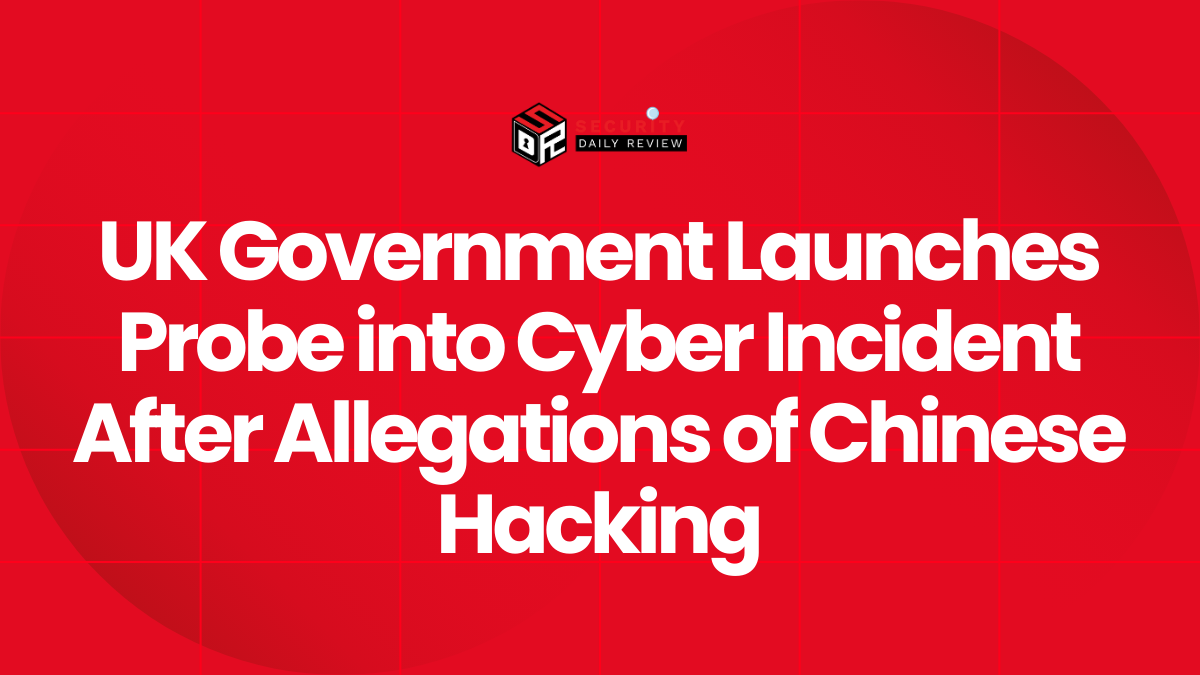Cyber threats are evolving fast, and one alarming trend is taking center stage: deepfake-enabled vishing is surging, with attacks up 170% in Q2 2025, according to CyberCheck Labs. These AI-powered scams—using synthetic voices and real-time manipulation—are outpacing traditional defenses, ushering in a new wave of social engineering threats. Once rare, these attacks are now both widespread and precise. With deepfake tools increasingly easy to access and capable of mimicking a voice from just seconds of audio, attackers are executing campaigns that are as convincing as they are dangerous.
Deepfake Vishing Has Moved From Novelty to High-Impact Threat
Attackers are now combining social engineering with AI tools to impersonate trusted individuals—at scale.
Scraping Voice Data from Social Media Enables Fast, Scalable Impersonation
CyberCheck Labs reports that cybercriminals are increasingly scraping audio samples from social media platforms to create realistic deepfake voices. By collecting just a few minutes of public speech, especially from professional Zoom calls, YouTube content, or podcasts, attackers can produce convincing audio clones using tools like ElevenLabs.
These synthetically generated voices are then deployed in vishing campaigns where attackers call victims pretending to be family members, financial representatives, or even C-suite executives. The goal is to establish immediate trust and urgency—leading to credential theft, wire transfers, or unauthorized information disclosure.
High-Profile Incidents Reveal the Scale and Sophistication of Attacks
Check Point Research introduced a “Deepfake Maturity Spectrum” to categorize the evolution of these attacks:
- Offline Generation: Audio and visual impersonation are pre-recorded and deployed asynchronously.
- Real-Time Generation: Deepfakes are generated on-the-fly during live voice or video calls.
- Autonomous Generation: AI agents handle interactions in real-time across multiple platforms, impersonating individuals continuously.
Recent financial losses from high-level attacks support this model. In real-world incidents in the UK and Canada, deepfake vishing was used to impersonate executives and manipulate financial teams—resulting in total losses exceeding $35 million. Facial-swapping plugins and voice-cloning tools are now available on underground marketplaces for nominal prices, greatly lowering the barrier to entry for attackers.
Vishing Targets Now Include Government Officials and Financial Institutions
The FBI has confirmed a widespread campaign active since April 2025, where threat actors impersonate senior U.S. government officials, particularly from the Trump administration. These vishing and smishing (SMS phishing) attempts use AI-generated audio to dupe victims into revealing credentials or clicking malicious links.
One prominent example involved U.S. Senator Marco Rubio being impersonated via AI-generated voice messages. Another incident used the likeness of political advisor Susie Wiles, with contact lists stolen and weaponized to target domestic and foreign officials via Signal. These attacks illustrate the speed with which trust can be weaponized at scale.To address these threats, the FBI recommends that both individuals and organizations:
- Double-check communication channels by reaching out via previously confirmed numbers or addresses.
- Pay attention to speech patterns—AI cloning often produces slightly flat or tonally off responses.
- Refrain from sharing personal information over the phone, especially in response to urgent or emotionally charged requests.
Victims and potential targets are urged to file reports through the FBI’s Internet Crime Complaint Center (IC3.gov).
Even Voice Authentication Systems are Failing Under Deepfake Pressure
In March 2025, a high-impact incident in Hong Kong saw multiple banks lose approximately $25 million after deepfake voice attacks bypassed voice authentication systems. Attackers used audio samples obtained from public recordings to simulate bank customers’ voices and gain unauthorized access to accounts. This breach of biometric systems underscores a fundamental point: voice authentication, previously considered advanced, is no longer secure in isolation.
“The line between reality and fiction has become dangerously blurred,” said Eusebio Nieva of Check Point. “Organizations must revise their authentication and verification frameworks before trust becomes unmanageable.”
Key Mitigation Strategies for Deepfake-Driven Vishing Scams
It’s clear that the deepfake vishing threat cannot be addressed by awareness alone—it demands updated technical controls and procedural countermeasures.
Definitive Steps to Strengthen Cyber Defenses:
- Adopt multi-factor authentication (MFA) that does not rely solely on voice or facial recognition.
- Implement call-back protocols—especially for financial instructions or sensitive personal requests.
- Train employees to recognize social engineering cues and escalate suspicious communications.
- Use secure communication tools that offer verification mechanisms or digital identities.
- Scan internal networks for anomalous login behavior following suspected vishing attempts.
For Individuals:
- Enable spam and robocall filters on mobile devices.
- Avoid posting personal voice or video content unnecessarily online.
- Establish family- or team-level secret passphrases for urgent or sensitive communications.
- Report impersonation incidents promptly to IC3.gov or relevant cybersecurity authorities.
Deepfake AI Scams Are the New Standard in Social Engineering
The surge in deepfake vishing incidents points to a troubling reality: AI scams are no longer a fringe threat—they are mainstream, effective, and economically damaging. With the deepfake maturity model progressing toward real-time and autonomous attacks, traditional trust mechanisms like voice recognition and familiarity are now easily exploitable.
Organizations must proactively adapt their security architecture, while individuals must remain skeptical, even when a voice sounds familiar. In the age of AI, what sounds real may be engineered, and who you think you’re speaking to might not exist at all.









